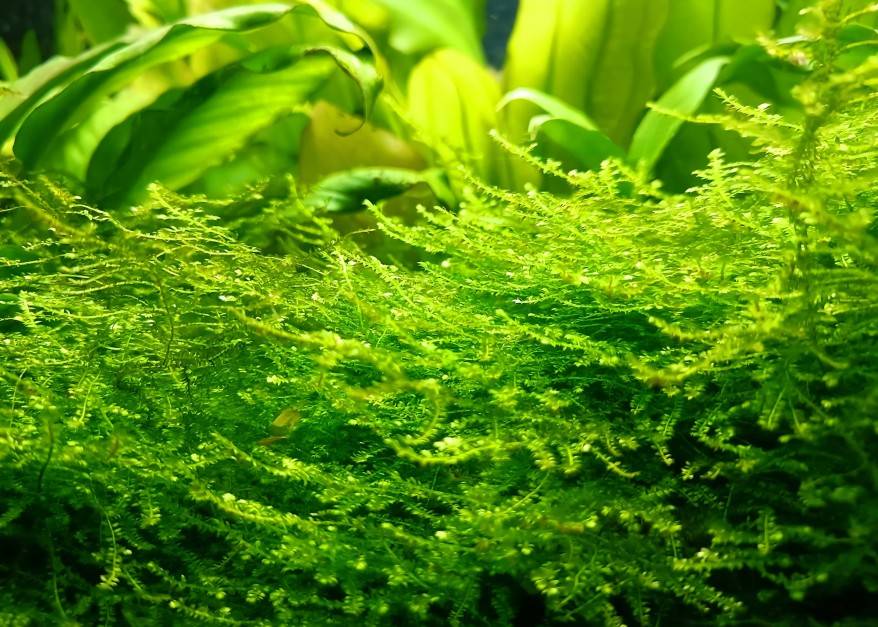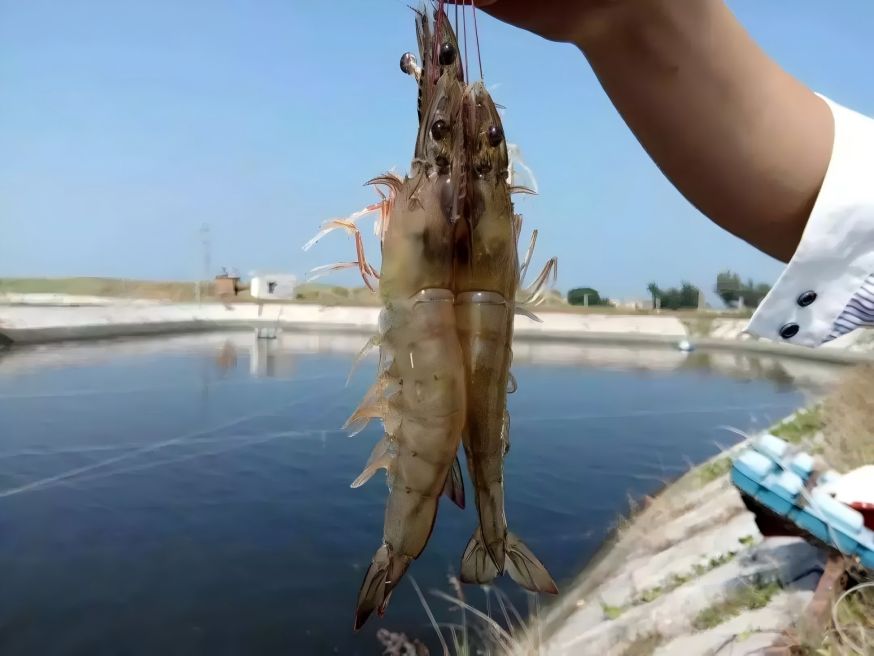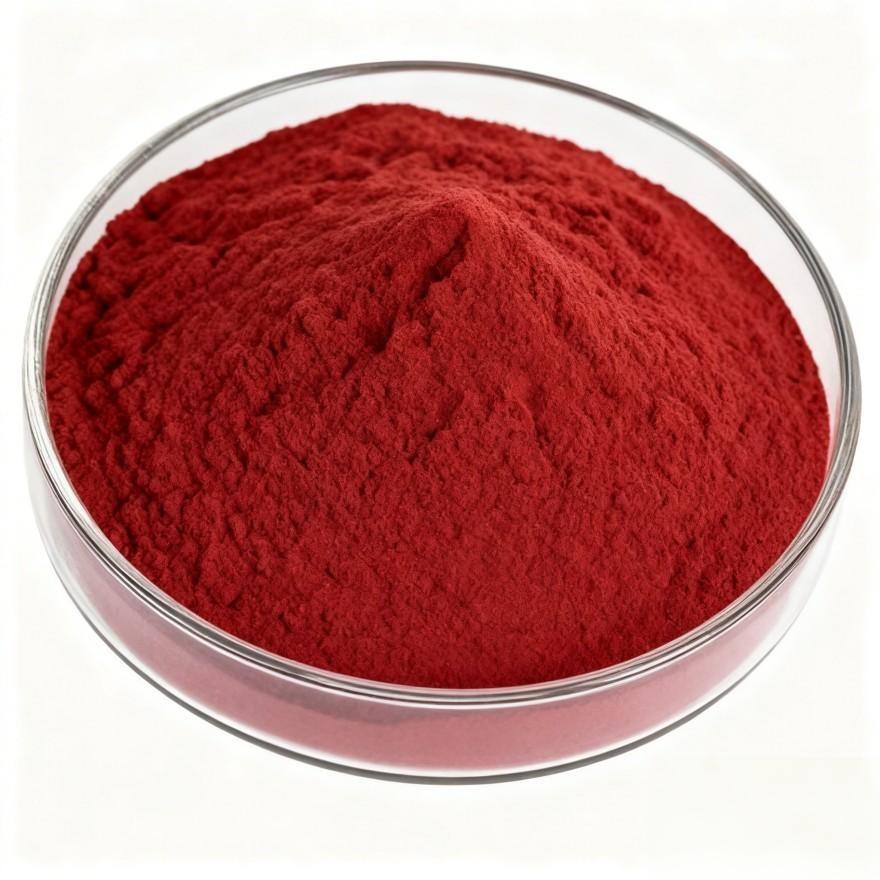Achieve Perfect Color Uniformity with a New, Highly Stable Astaxanthin
today&で#39;sfiercely competitive aquaculture market, coloration is no longer merely an aesthetic pursuit—it has become a hard metric directly impacting economic returns. Whether it's the signature orange-red のsalmon or the vibrant, lively hues of shrimp, these colors serve as key factors for consumers to judge quality とmake purchasing decisions. Yet behind this fate-determining color lies a persistent industry-wide challenge: uneven coloring.
Have you also faced these challenges?
★ Fish からthe same harvest batch display varying depths of color, as if “a palette were overturned でthe pond,” leading to price reductions or outright rejection by buyers?
★ Despite investing in expensive astaxanthin, its degradation during feed processing and storage renders the outcome unpredictable, like “opening a blind box,” effectively nullifying your quality control efforts?
★ Watching competitors dominate the premium market with uniformly vibrant products, while your own offerings linger in mid-to-low-end segments due to poor appearance?
Uneven coloring translates to direct economic losses. It's not merely a cosmetic flaw—it reflects unstable production processes and weak quality control, severely damaging the credibility of aquaculture brands.
The root cause often lies in the inherent stability flaws of traditional アスタキサンチンraw materials. During high-temperature pelletization, long-term storage, and even feeding, fragile astaxanthin molecules are highly susceptible to oxidation and degradation due to light, oxygen, and heat exposure. This inevitably leads to fluctuating intake levels, making consistent coloring effects impossible to guarantee.

1 Green Spring Technology Unveils Highly Stable アスタキサンチンMicrocapsules, Redefining Coloring Standards
Confronting the industry-wide challenge of uneven coloring, Green Spring Technology firmly believes that true breakthroughs stem from fundamental innovations in core ingredient stability. Today, we officially introduce our highly stable astaxanthin microcapsules, developed using proprietary microencapsulation technology. This robust scientific advancement delivers a revolutionary solution for coloration in aquatic feed.
The breakthrough lies in establishing a comprehensive stability protection system for each astaxanthin molecule:
1.1 Ultimate Protection, Ensuring Activity from the Source
Utilizing a unique natural composite wall material, it forms a dense and uniform microencapsulation protective layer that effectively blocks oxygen, light, and heat sources. Experiments demonstrate that under harsh storage conditions, this product exhibits stability exceeding conventional products by more than three times, ensuring astaxanthin maintains ultra-high activity throughout the entire process from production to feeding.
1.2 Uncompromised Processing, Achieving Efficient Retention
High-temperature feed extrusion is no longer a bottleneck for astaxanthin efficacy. With exceptional heat resistance, this product maintains over 96% active ingredient retention during extrusion at 130°C, achieving near-zero loss. This provides unprecedented reliability for the color performance of finished feed products.
1.3 Smart Release for Uniform Absorption
Microencapsulation enables precise controlled release within the digestive tracts of farmed animals, significantly boosting bioavailability. Data shows this product increases overall astaxanthin bioavailability by over 50%, ensuring uniform pigment deposition within fish and shrimp bodies from the absorption stage—providing critical support to eliminate uneven coloring.
Green Spring Technology's launch of this highly stable astaxanthin microcapsule represents our commitment to advancing the industry through core technological innovation. We are dedicated to providing stable and reliable product solutions through continuous technological advancement, working alongside partners to elevate aquaculture standards.
2 Disruptive Benefits—Transitioning from “Unstable” to “All-Grade Excellence”
These high-stability astaxanthin microcapsules transcend mere technological achievement; they serve as a powerful tool generating direct value for feed manufacturers and aquaculture farmers. Their core value lies in transforming the unpredictable “art of coloring” into a predictable, quantifiable “science of coloring,” achieving end-to-end quality enhancement across the entire supply chain.
2.1 Leapfrog Improvement in Color Uniformity
· Data-driven results: By ensuring stable astaxanthin presence in every feed pellet and efficient absorption in each farmed animal, this product helps clients achieve over 90% improvement in color uniformity (as scored using the Roche Color Chart) for entire batches of aquatic products.
· Ending the “color lottery”: This guarantees minimal color variation across entire harvests of salmon or shrimp, eliminating downgrading issues caused by inconsistent individual pigmentation. This significantly boosts product marketability and brand reputation.
2.2 Significant Optimization of Overall Cost Efficiency
· Reduced Ineffective Additions: With nearly 100% processing retention, feed formulators no longer need to “over-add” to compensate for processing losses, enabling precise and optimized astaxanthin addition costs.
· Stability Prevails: Exceptional stability directly reduces batch-specific coloring failures caused by raw material inactivation, preventing substantial economic losses while simplifying quality management and enhancing production planning reliability.
2.3 Comprehensive Enhancement of Product Competitiveness and Value-Added Benefits
· Targeting Premium Markets: Uniform, vibrant, and wild-like body coloration serves as the “passport” for aquatic products entering high-end supermarkets, gourmet restaurants, and export markets. This product powerfully supports clients' value upgrades and brand differentiation.
· Health-Boosting Empowerment: Astaxanthin is not only a pigment but also a potent antioxidant. While achieving perfect coloration, this product simultaneously enhances the immunity and stress resistance of farmed species, supporting healthy aquaculture, reducing veterinary drug use, and delivering additional production benefits.
3 Partnering with Green Spring Technology to Launch a New Era of Precision Coloration
The launch of Green Spring Technology's highly stable astaxanthin microcapsules represents not only the debut of a new product but also the dawn of a new era in aquaculture coloration. We firmly believe technology's highest value lies in solving fundamental industry challenges, transforming unpredictable factors into stable, reliable outcomes. Today, this innovation provides the industry with a key to unlocking precision coloring and value multiplication.
Partnering for a Sustainable Future
We recognize that any technological breakthrough must integrate with industry partners' practical applications to achieve maximum value. Green Spring Technology sincerely invites leading global feed manufacturers and large-scale aquaculture enterprises to jointly validate this innovation. We offer:
· Professional technical support: One-on-one technical exchanges and customized product application solutions
· Sample trial program: Eligible partners are welcome to apply for samples for production testing
· Ongoing R&D support: Continuous product optimization and technical services based on customer feedback
Take action now to initiate collaboration
We look forward to deepening collaborations with partners committed to elevating product standards and advancing industry progress. Contact us via the following channels to obtain detailed technical documentation and commercial partnership proposals:
· Mobile: +86 13649243917
· WhatsApp: +86 13649243917
· Email: helen@greenspringbio.com
· Official Website: https://www.greenspringnatural.com/
To ensure every feed pellet delivers consistent color performance and every aquatic product displays its most natural, vibrant hues—this is not only Green Spring Technology's mission but a shared goal with our industry peers. We look forward to joining hands with you to paint an even more brilliant future on the canvas of aquaculture!
参考:
コンラート・ロレンツ[1] R T, cysewski G R・商業 潜在 アスタキサンチンのアナutal源としてのhaematocaccus microalgac [j]。^ tibtech,2000,18:160 ~ 167。
[2] naguib y m a . antioxodant 活動 of astaxanthin and 関連カロチノイド色素[J]。j agric food chem,2000,48:1 ~ 150
[3]ジョンソン E のA社 G Hにする。 Astaxanthin from 微生物 か[J]伝えた。批判 レビュー in バイオテクノロジー11:297 ~ 1991年、326
-
Prev
How Does Green Spring Technology's Astaxanthin Raw Material Overcome Compatibility and Solubility Challenges?
-
次
Green Spring Technology Offers Verifiably Pure Astaxanthin Raw Materials


 英語
英語 フランス
フランス スペイン
スペイン ロシア
ロシア 韓国
韓国 日本
日本





